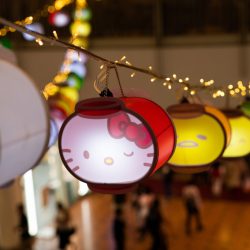SingaporeMotherhood | Baby & Toddler
September 2019
Dengue Fever in Singapore: Is your Family Safe?
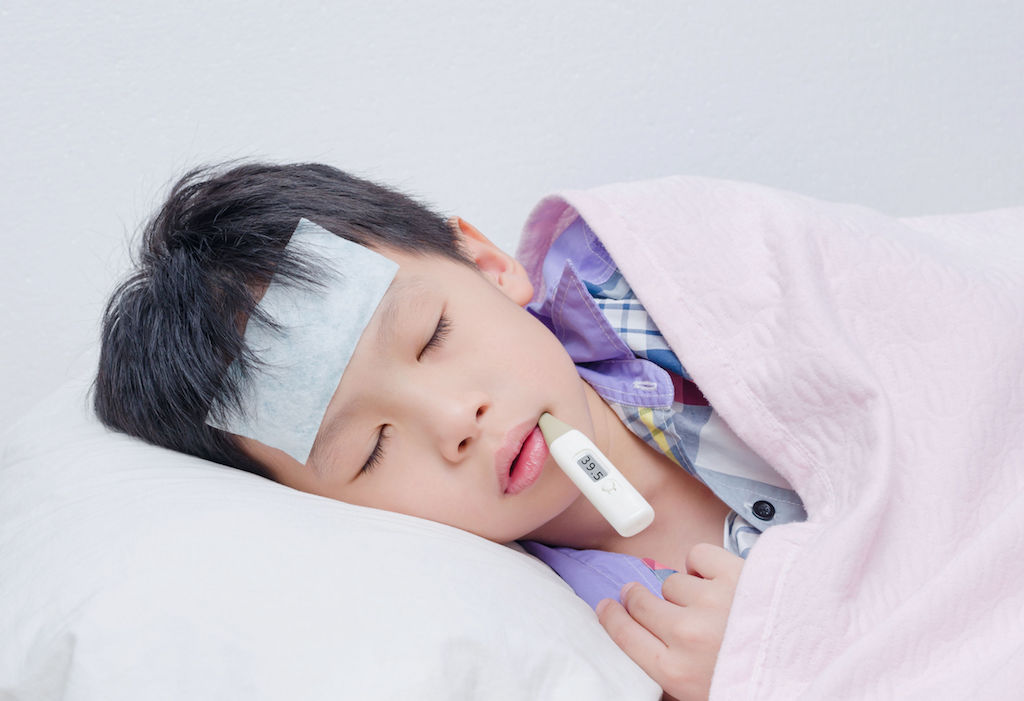
Beware: it’s mozzie season! From June to October, Singapore is in peak dengue season. According to the National Environment Agency (NEA), the number of dengue fever cases in Singapore has reached its peak in three and a half years. As of end-August 2019, Singapore has had a total of 10,748 dengue cases. How can you keep your family safe from dengue?
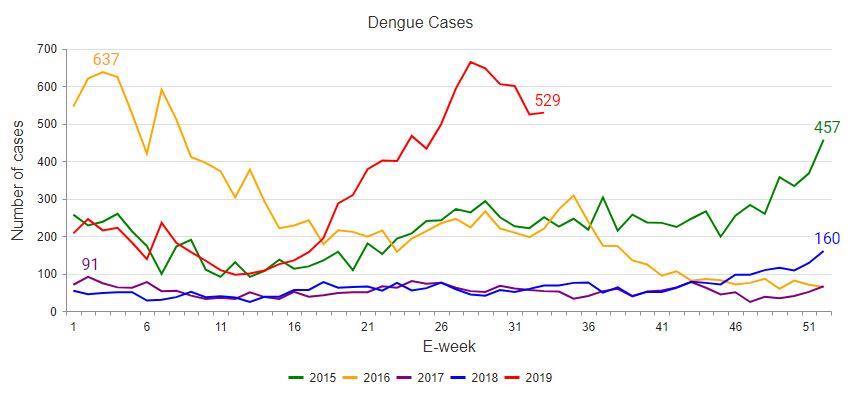
What is Dengue Fever?
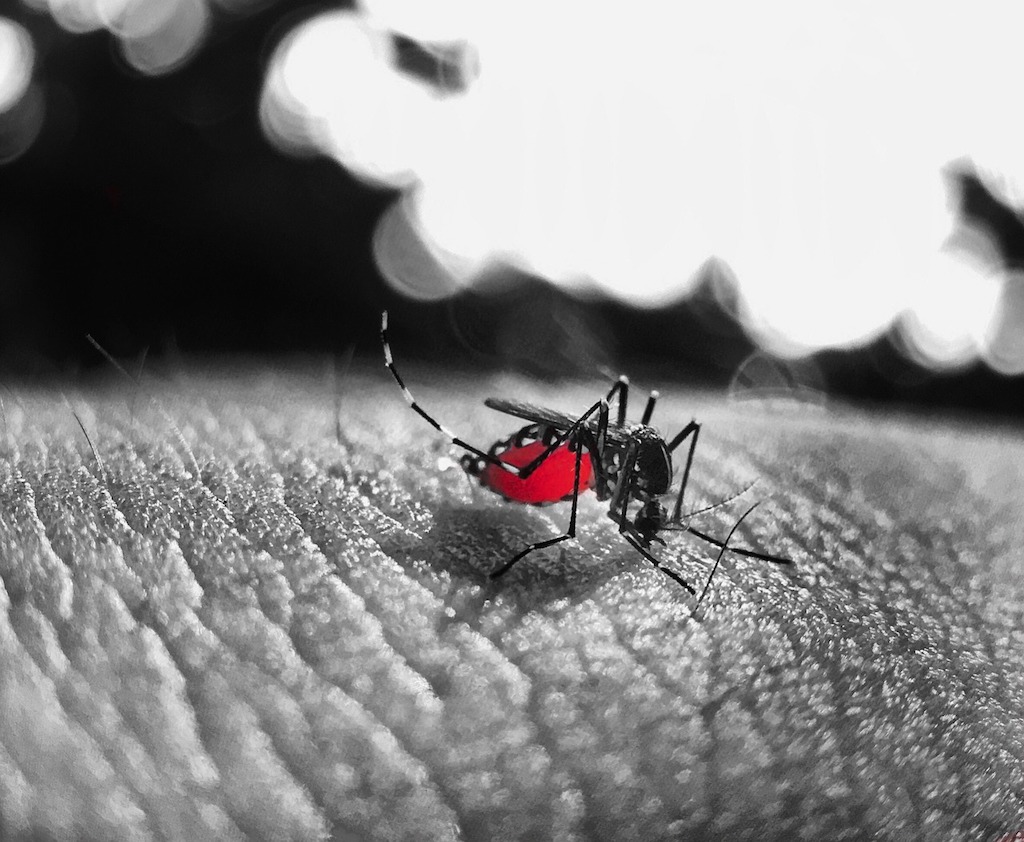
Dengue fever is a disease caused by the dengue virus. It is carried through an infected Aedes mosquito. A mosquito becomes infected when it bites an infected person. The infected mosquito passes on the infection to an individual whom it bites.
There are four variations of the dengue virus, hence we can be infected up to four times. The good news: dengue fever is not contagious. It cannot be spread from person to person!
Children and Dengue Fever
Dengue can affect anyone. However, some are more vulnerable to it than others:
- Older children
- People with weakened immune systems
- Those with a second (or more) dengue infection
- Babies under 12 months (most likely to develop severe cases)
- Younger children tend to have milder cases
Dengue fever Symptoms
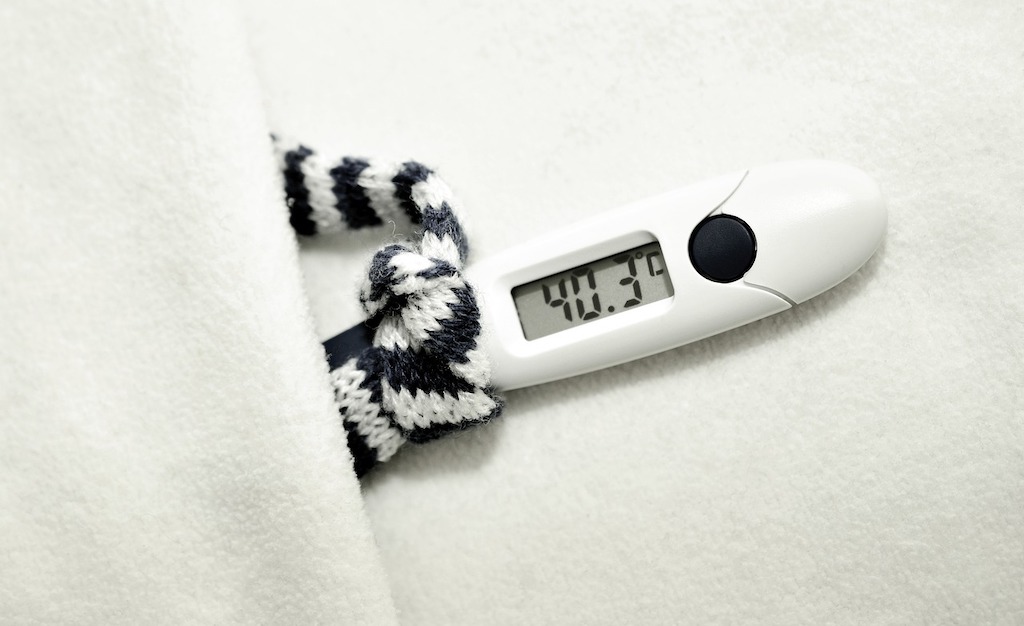
If you get a bite from an infected mosquito, you may develop symptoms within the next three to 14 days. These include:
- Sudden fever for 2 to 7 days
- Severe headache with pain behind the eyes
- Joint and muscle pain
- Skin rashes
- Nausea and vomiting
- Mild bleeding, such as in the nose or the gums
- Bruises from minor knocks and bumps
For babies, the symptoms may be slightly different:
- A low temperature starting from 36 Deg Celsius to anything above 38 Deg Celsius
- Unusual fussiness, sleepiness, or refusal to eat
- Rash
There is currently no cure for dengue fever. Doctors recommend ample rest and lots of fluids. Kids need to reduce activity so as to prevent excessive bleeding and bruising. Treatment is mainly supportive and to alleviate symptoms, such as nausea.
Does it get Serious?
Sometimes, dengue fever presents in its more serious form, Dengue Hemorrhagic Fever (DHF) or Dengue Shock Syndrome (DSS). You may experience more severe symptoms (in addition to normal dengue fever symptoms):
- Severe and continuous pain in the abdomen area
- Bleeding from the nose, mouth, or in or under the skin
- Frequent vomiting
- Excessive thirst
- Pale and cold skin
Research suggests that infants are at a higher risk to get DHF or DSS, although it cannot conclude why. However, as long as they receive treatment early, the risk of complications is low.
How to manage your Child’s Dengue symptoms at Home
- Cut down on sports and other physical activities to reduce the risk of injury and to prevent excessive bleeding.
- If your child’s platelet counts are very low, avoid brushing his teeth as this may cause his gums to bleed.
- Tell kids not to dig their noses or to blow their noses too hard.
- Control their fever and nausea (but avoid asprin or other medications that affect platelet count).
- If your baby is under 6 months old, try to get them to nurse or drink often to avoid dehydration. If your baby is 3 months or older, doctors may recommend a rehydration liquid, in addition to breast milk or formula.
Traditional Dengue Fever treatments
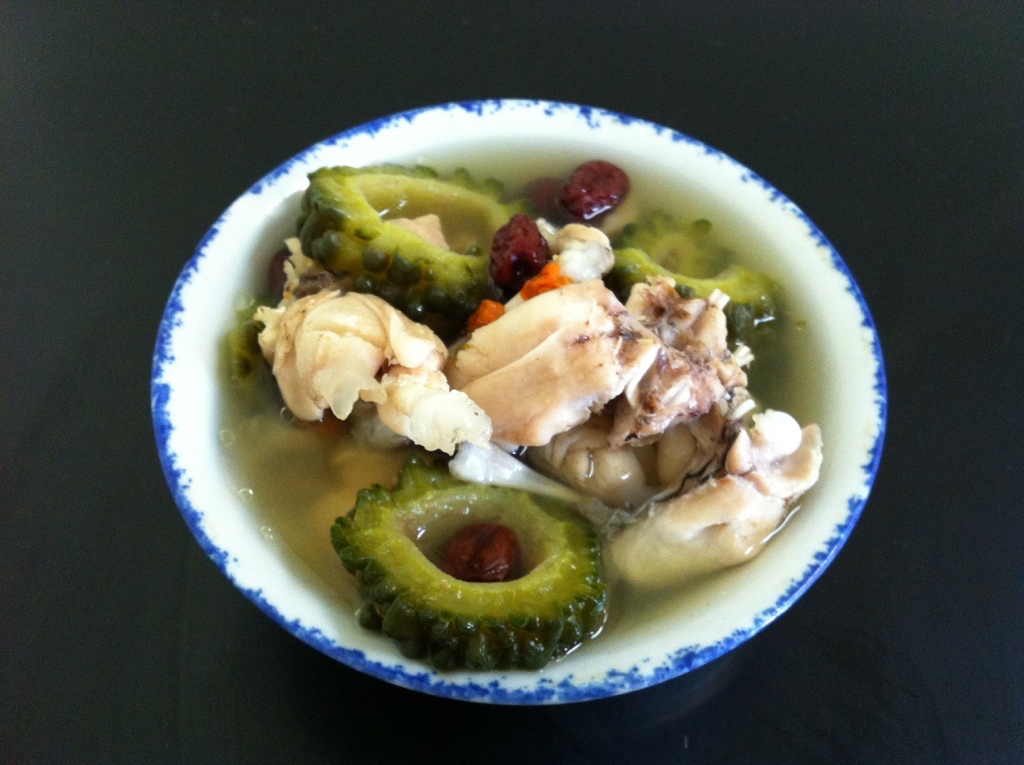
Some parents may support their children’s treatments with traditional remedies such as Traditional Chinese Medicine (TCM). Ms Leng, a Consultant at Eu Yan Sang, suggests that parents can supplement Western medicine and at-home bed-rest with TCM.
Although some Chinese medicine practitioners recommend a herbal concoction called qing wen bai du yin (清瘟敗毒飲), Ms Leng cautions against it. As the supplement aims to raise platelet levels and replenish blood loss, it makes the body more ‘heaty’ and will cause other symptoms, such as fevers, to worsen.
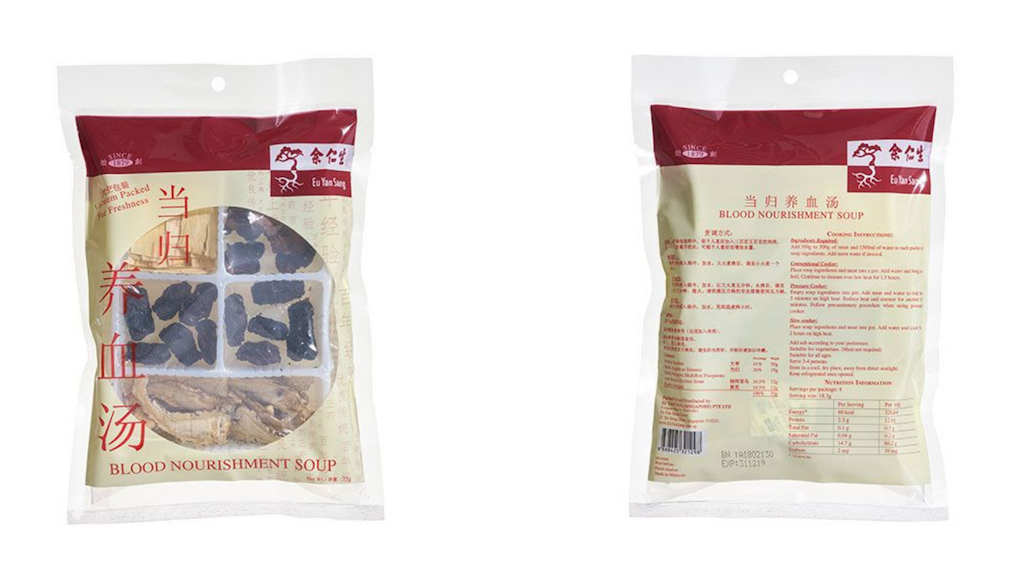
Ms Leng suggests a blood nourishment soup instead, which she describes as more complementary to at-home treatment. The ingredients are pre-packaged, making it easy for parents to brew into a soup. This is suitable for children.
A popular Chinese soup remedy we found from the Jurong Frog Farm website is the double-boiled bitter gourd and frog soup (see below). Mrs May, 50, a housewife, made this for her family after her son was diagnosed with dengue fever in 2013.
Ingredients:
2 small Japanese bitter gourd
2 whole fresh frogs
1 tablespoon of red dates
1 tablespoon of wolf berries
Preparation:
- Wash the frog legs and chop into pieces
- Steam all the ingredients under medium heat, followed by low heat
- Boil for at least 3 hours
- Add water to cook with the rest of the ingredients anytime

In addition to TCM, there are Ayurvedic methods that target blood production and provide antiviral effects. The most well-known is a papaya leaf juice. This reportedly gives a significant rise in platelet levels around 40 hours after drinking the juice. You can make the juice using 50 gm of clean papaya leaves, and raw young papaya.
As every child and diagnosis is different, do check with your child’s paediatrician before using these treatments. If symptoms continue to deteriorate and your child shows signs of vomiting, being lethargic or drowsy, or has severe pain and giddiness, go straight to the hospital as those could be signs of DHF/DSS.
Keep your Child Safe from Dengue
Coming in close range with mosquitoes is inevitable in our tropical climate. There is currently no effective vaccine for dengue in Singapore, so the best thing to do is to take precautions. Prevention is better than cure, right?
- Apply strong mosquito repellent with at least 10% of diethyltoluamide (DEET). However, avoid using DEET on young children and babies under two months old.
- Avoid wearing heavily scented soaps and perfumes, as they attract mosquitoes.
- Install insecticide-treated barriers such as window screens or netting at home.
- Eliminate any stagnant water in your home, as they are possible breeding.
- Keep your baby’s crib, stroller and carrier covered with mosquito netting both indoors and outdoors.
- Dress children and babies in loose cotton clothing that covers arms and legs.
- Restrict your child’s outside playtime, especially during dawn and dusk. Children who tend to play outside more, especially in red Dengue zones, are most likely to be susceptible to the infection.
- Learn how to identify the Aedes mosquito: it has black and white stripes on its body and legs.
- Purchase mosquito traps. For ideas on mosquito traps and placement, check out Mosquito Management System.
For more detailed information regarding treatment and diagnosis, see the Singhealth website here.
Clear Dengue hotspots at Home

Currently, there are 48 high risk areas with 10 or more cases, which include neighbourhoods in Woodlands, Pasir Ris and Jurong East. The National Environment Agency (NEA) regularly updates their map of dengue clusters in Singapore. There is also a five step NEA Mozzie Wipeout that you can do to help halt dengue transmission at home.
If you have questions, feedback, or have noticed that there are more mosquitoes in your area than usual, drop the NEA a line. Alternatively, here are the hotlines for MOH and NEA:
- Ministry of Health (MOH) hotline 1800 225 4122
- National Environment Agency (NEA) hotline 1800 9 336483
The good news is you can easily protect your children from getting dengue fever. In addition there are many traditional and modern ways to help alleviate the symptoms of the illness, should they – or anyone in the family – get it.
All content from this article, including images, cannot be reproduced without credits or written permission from SingaporeMotherhood.
Follow us on Facebook, Instagram, and Telegram for the latest article and promotion updates.




